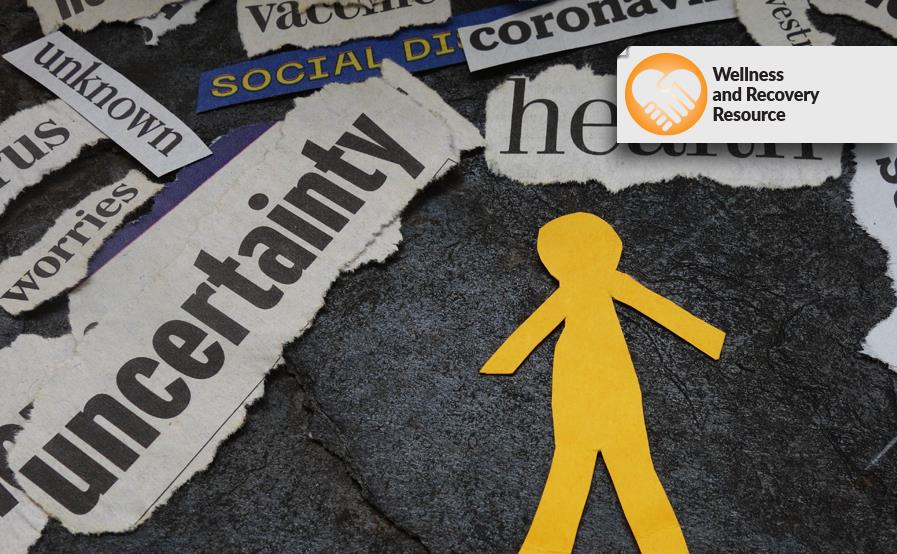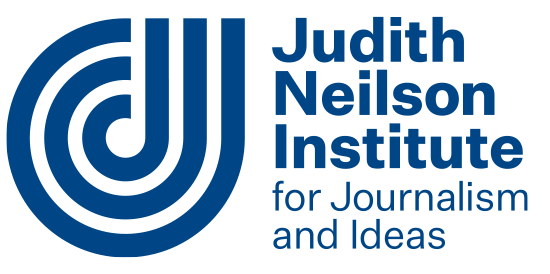As artists and arts workers contemplate how to manage reopenings as restrictions lift, the conversation has addressed practicalities, safety and communication frameworks, how overseas museums and venues have found their feet, audience sentiment, and much bigger topics such as mapping a new terrain of increased collaboration and civic participation in the arts in the wake of this disruption.
While we navigate the practical and existential, we should be mindful that entering uncharted territory can bring up various responses to dealing with uncertainty for ourselves and others.
Here are four ways to cope with uncertainty as we take our initial steps back into the public arena.
1. Don’t fear anxiety
As we work to keep our audiences safe and minimise a variety of personal and financial risks, some feelings of anxiety are to be expected. Anxiety is an indication that we are invested and that we care. It is also an adaptive function that helps us tune in to dangerous situations and take appropriate action to keep us safe.
The trick is to work out how to hit the right balance, where the level of anxiety we feel is proportionate to the threat, and helps rather than hinders our ability to take appropriate action. A useful approach to work through anxiety and not let it stop us from doing things is to be A.W.A.R.E.
Accept the anxiety, don’t try to push the feeling away.
Watch the anxiety and give it a rating out of five for intensity. Keep watching and see if the intensity changes over time.
Act through the anxiety. Avoidance can prolong anxiety.
Repeat the process.
Expect the best. Each occasion is a new occasion.
Anxiety can also be a signal that the task is too big for one person. Make sure you ask for help if you need it.
myCompass, a free online program developed by BlackDog Institute, is an excellent resource to address mild to moderate mood, anxiety and stress issues.
2. Focus on what you can control
We can keep our hands clean, sneeze and cough into our elbows, stay home when we’re sick, keep our venues clean and put measures in place to create distance between our patrons.
‘But what if one of my audience members is asymptomatic or careless with their hygiene practice?’ It is natural to come up with ‘what if’ scenarios – again it serves an adaptive function and helps us to plan ahead and organise. However, once the scenario is addressed with an appropriate risk management measure, continuing to attend to things out of our control serves no purpose.
At best, we put yourself through stress twice, once before it happens, and again if it does happen. At worst, the scenario never eventuates and we have put ourselves through needless stress. We respond at our optimum when we are present and responsive and not exhausted by being in a perpetual state of tension.
When ‘what if’ scenarios arise in our minds, it can be helpful to note the scenarios down and document what responses are in our control and what factors are out of our control.
3. Notice where your thoughts go
Beyond ‘what if’ scenarios, notice if your thoughts go to worst case scenarios. Again there is no need to try and push these thoughts away. Just as your breath and heartbeat continues without conscious intention, so too do thoughts spontaneously and continuously arise in our minds. However, an awareness of your thoughts can help you identify if there are certain thoughts that hook your attention. A tendency to imagine the worst case scenarios while failing to identify and therefore understand them as only thoughts can leave you feeling that you are constantly experiencing catastrophe.
It can be helpful to write any thoughts down and give them a reality check. Is there an alternative way to consider the situation? Notice how alternative ways of thinking might shift your mood and behaviour. Another great way to check your thinking is to reach out to others and talk things through.
4. Focus on the present moment
We learn valuable lessons from the past, and as a group, humans have developed sophisticated ways to collect data and predict the possible future outcomes of various courses of action. This has allowed us to plan, organise and coordinate. So it is an oversimplification to just recommend that we focus on the present moment.
However, seeing this learning and predicting as a collective responsibility, allows us as individuals to focus on what is happening in the present moment. As we’ve discussed, laying the responsibility of controlling all factors or divining the future on your own shoulders can lead to us feeling overwhelmed.
Focussing on the present moment, with the back up and resources of the whole community, allows us to respond to what does eventuate rather than being distracted by what we imagine might happen.
Mindfulness can be a useful practice to hone our skill of attending to the present. Although mindfulness can bring to mind someone who is in an eternal state of bliss, the practice can actually help to build tolerance for discomfort and ambiguity – a useful skill to help cope with uncertainty. By accepting whatever presents itself in the moment we build skills to allow ourselves space to consider before reacting.
What comes next?
As we navigate the logistics of how to adapt our practices and return to studios, theatres, venues, galleries and festivals, it will be the existential questions and the meaning we derive from our work that will give us the strength of purpose to persevere. Tolerating discomfort and uncertainty is worthwhile when we know that the work we do is valuable and transformative.
The Wellness and Recovery Resource is supported by the Judith Neilson Institute for Journalism and Ideas.






